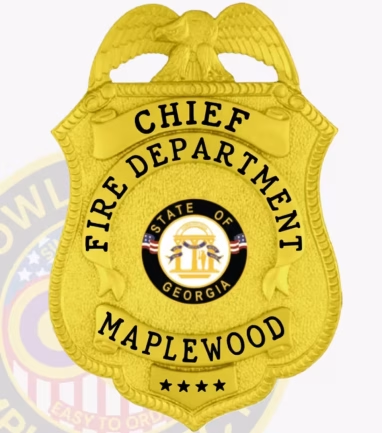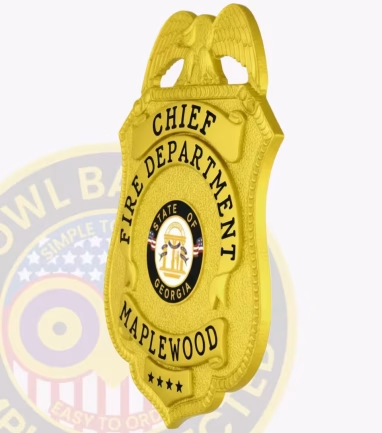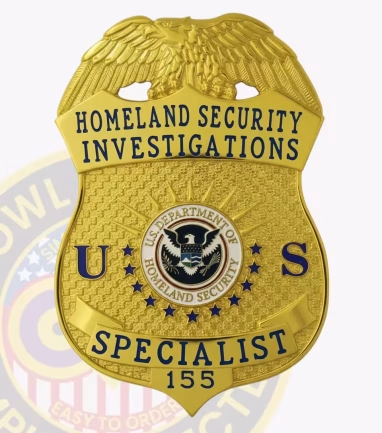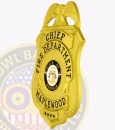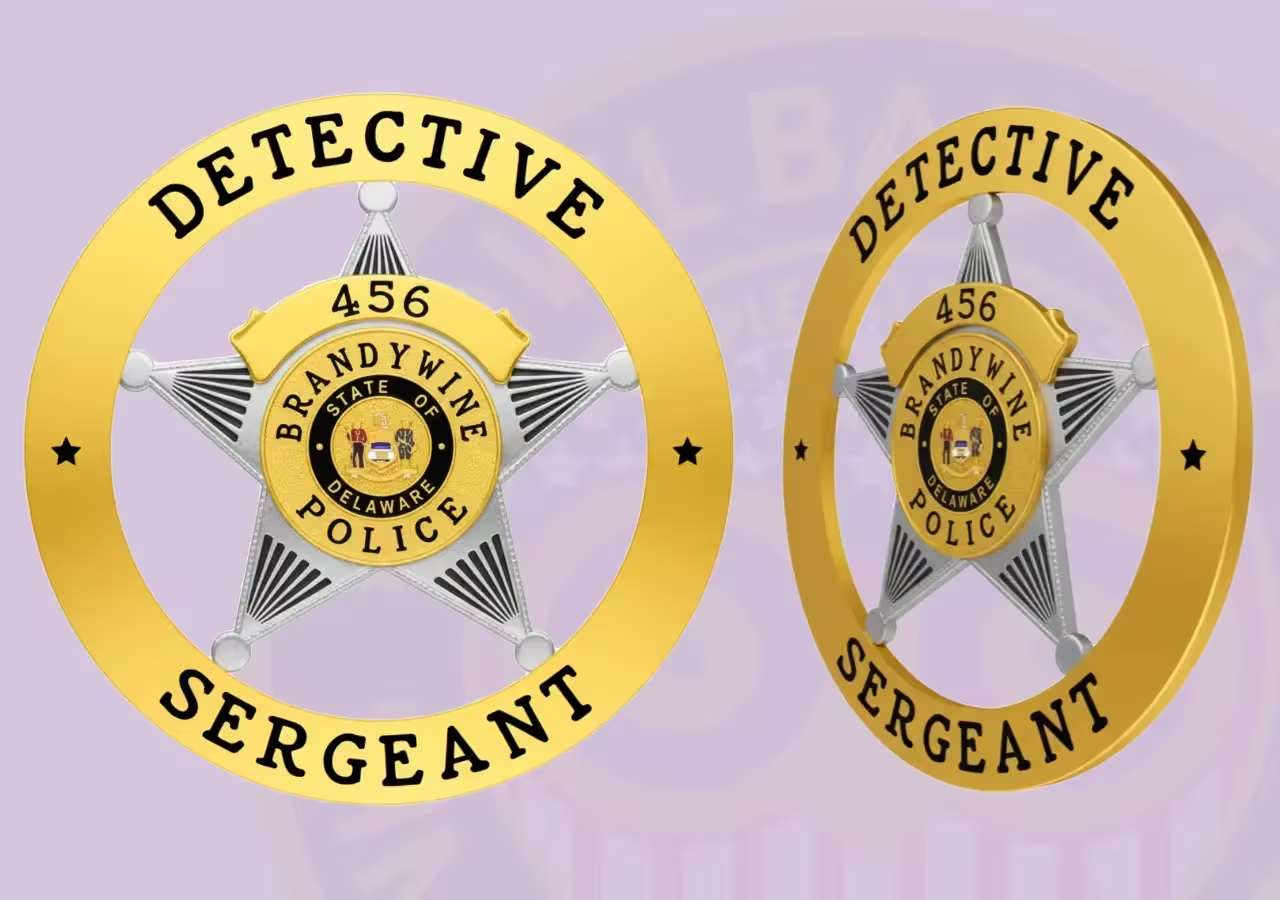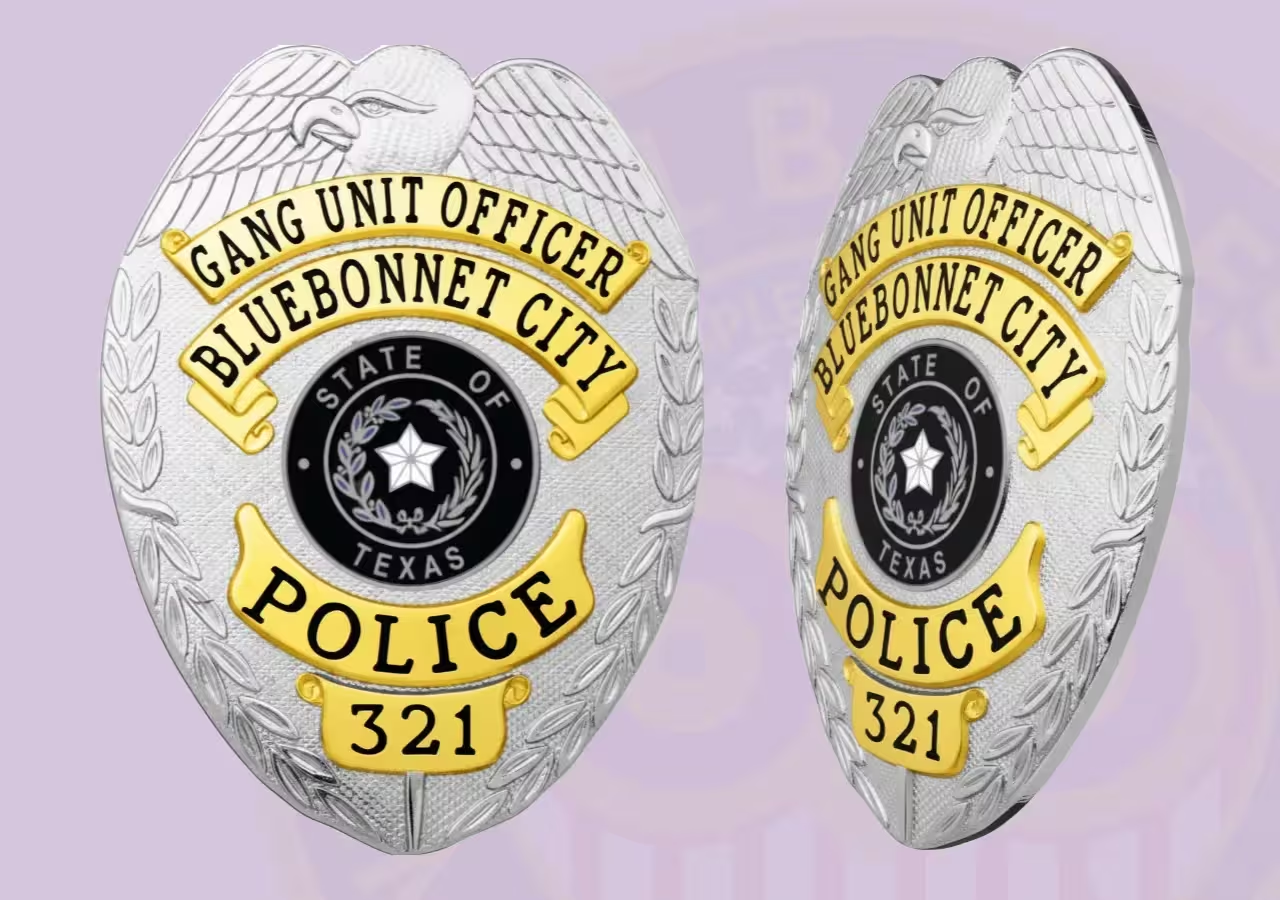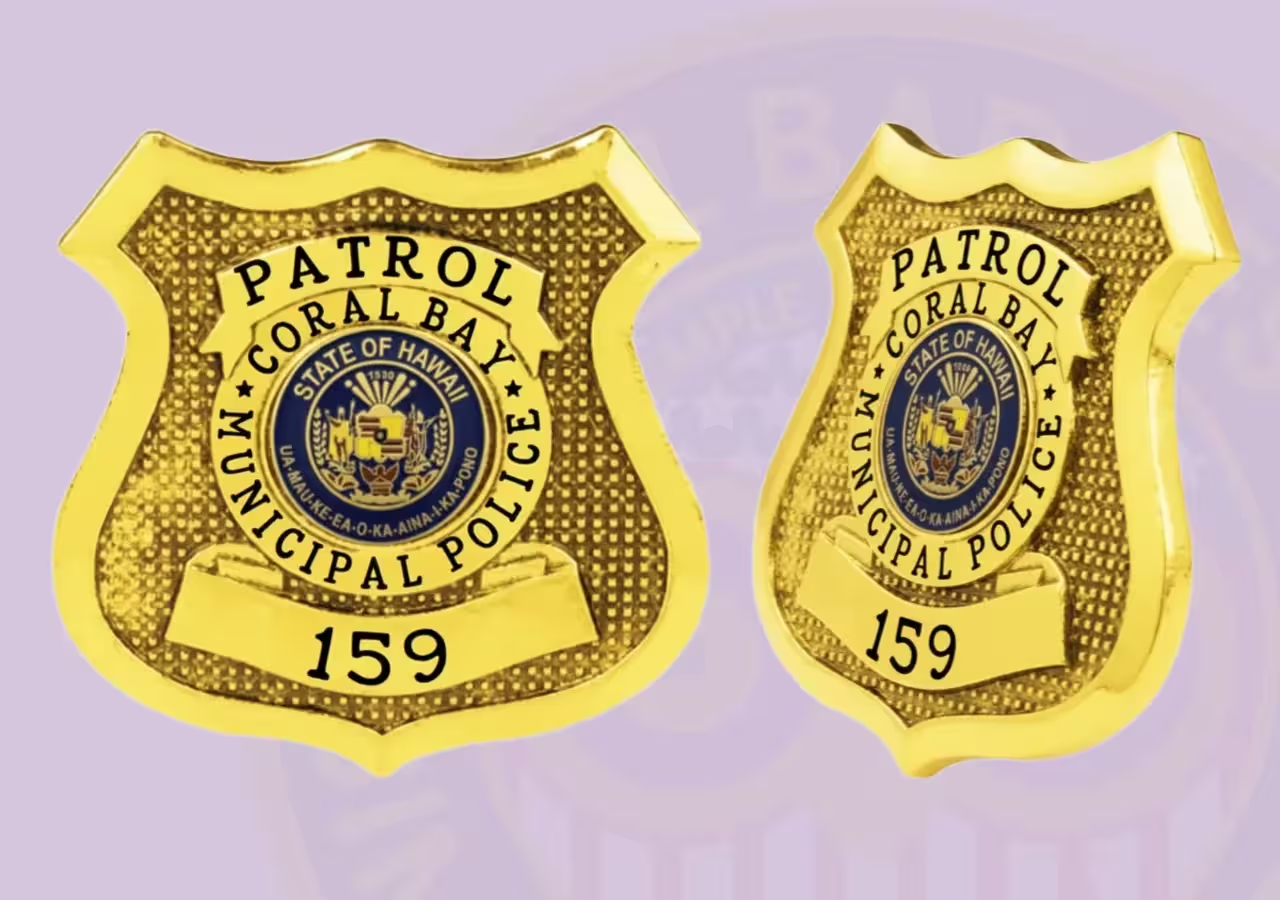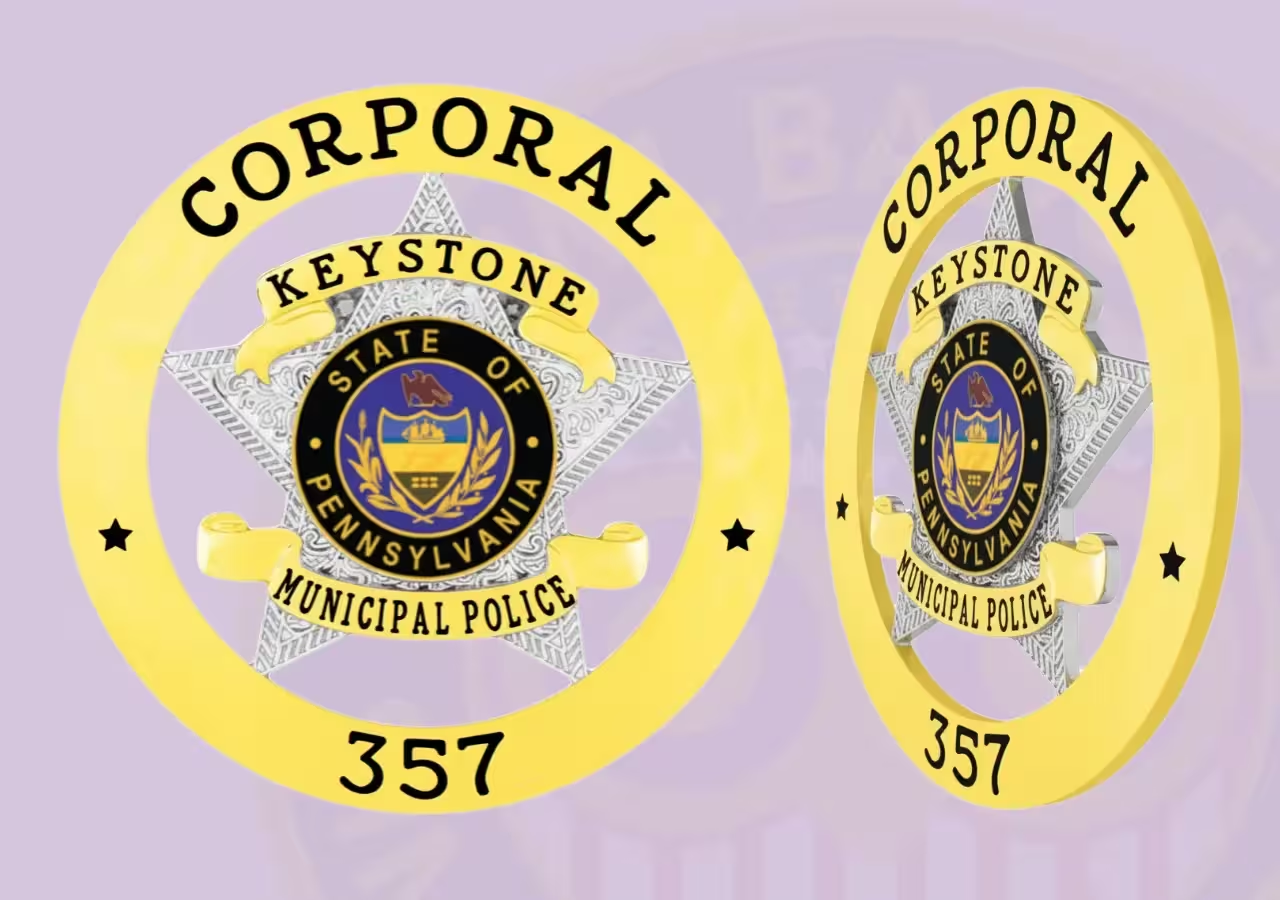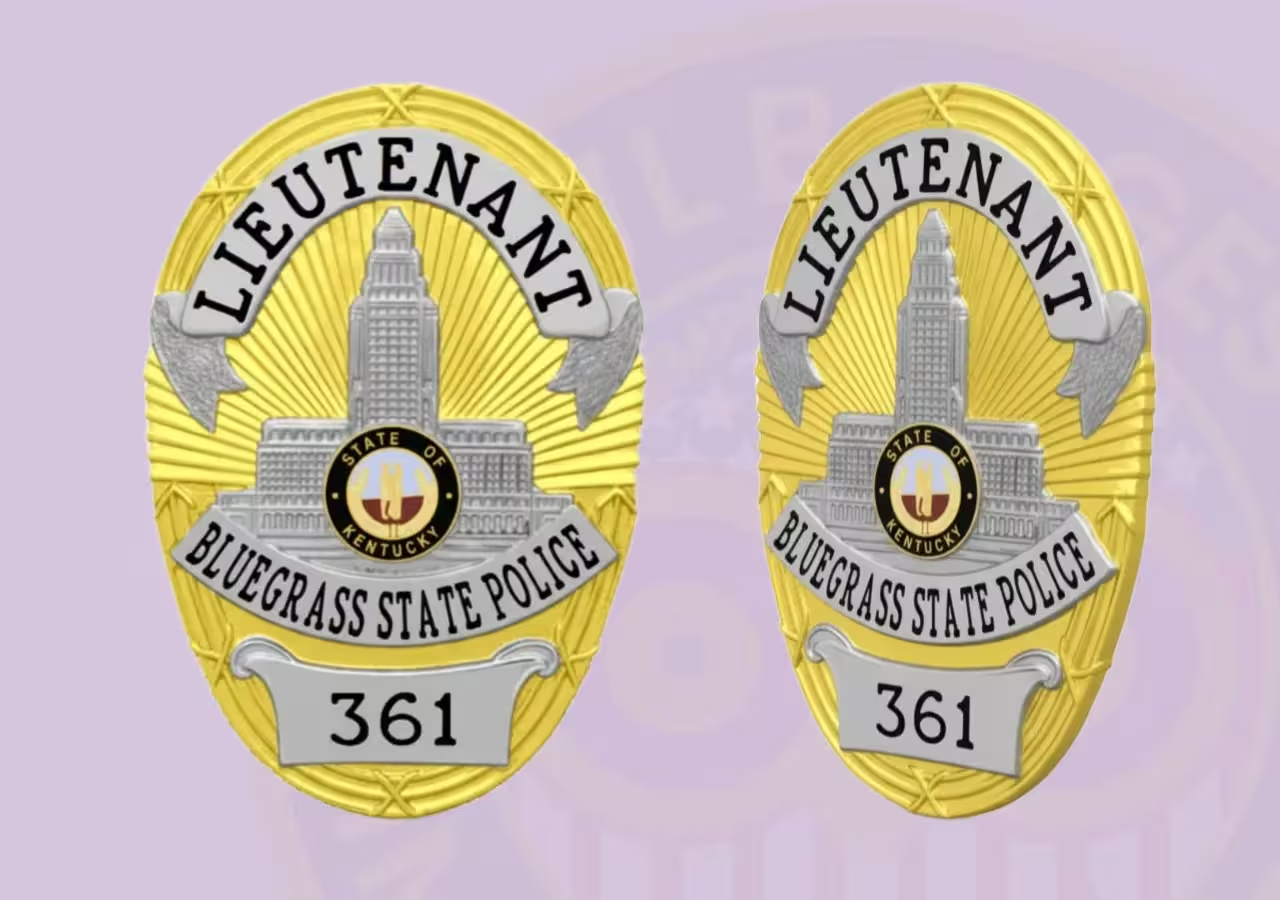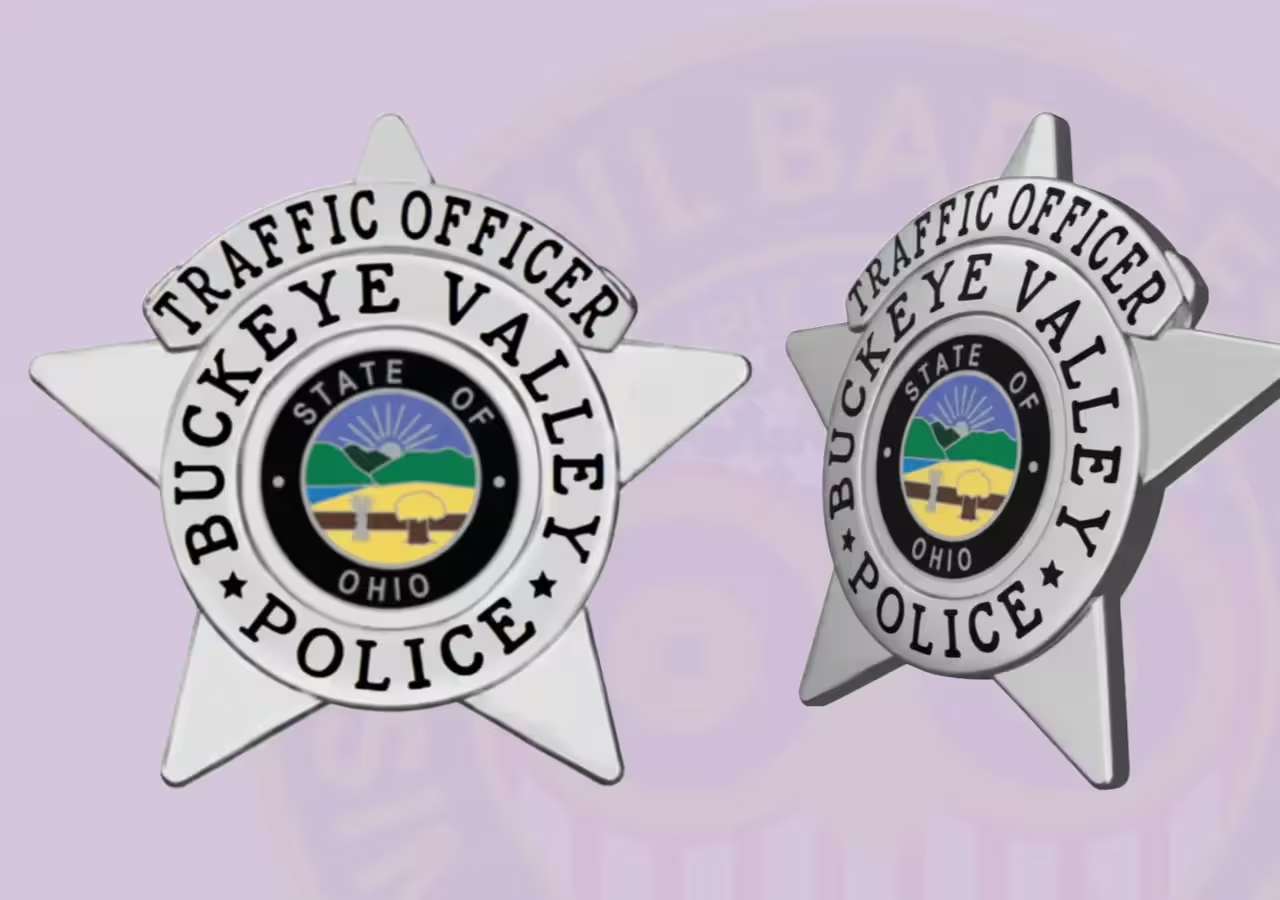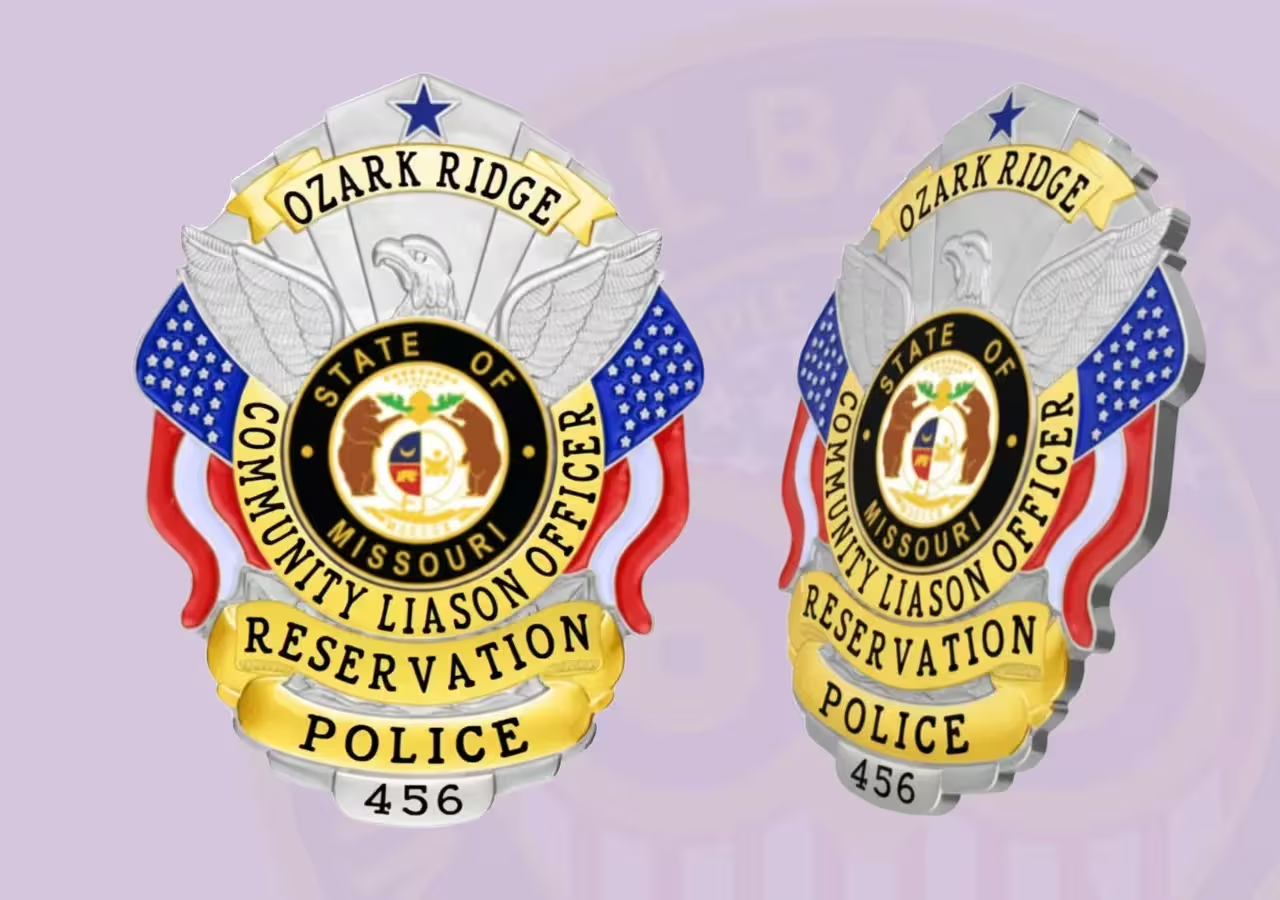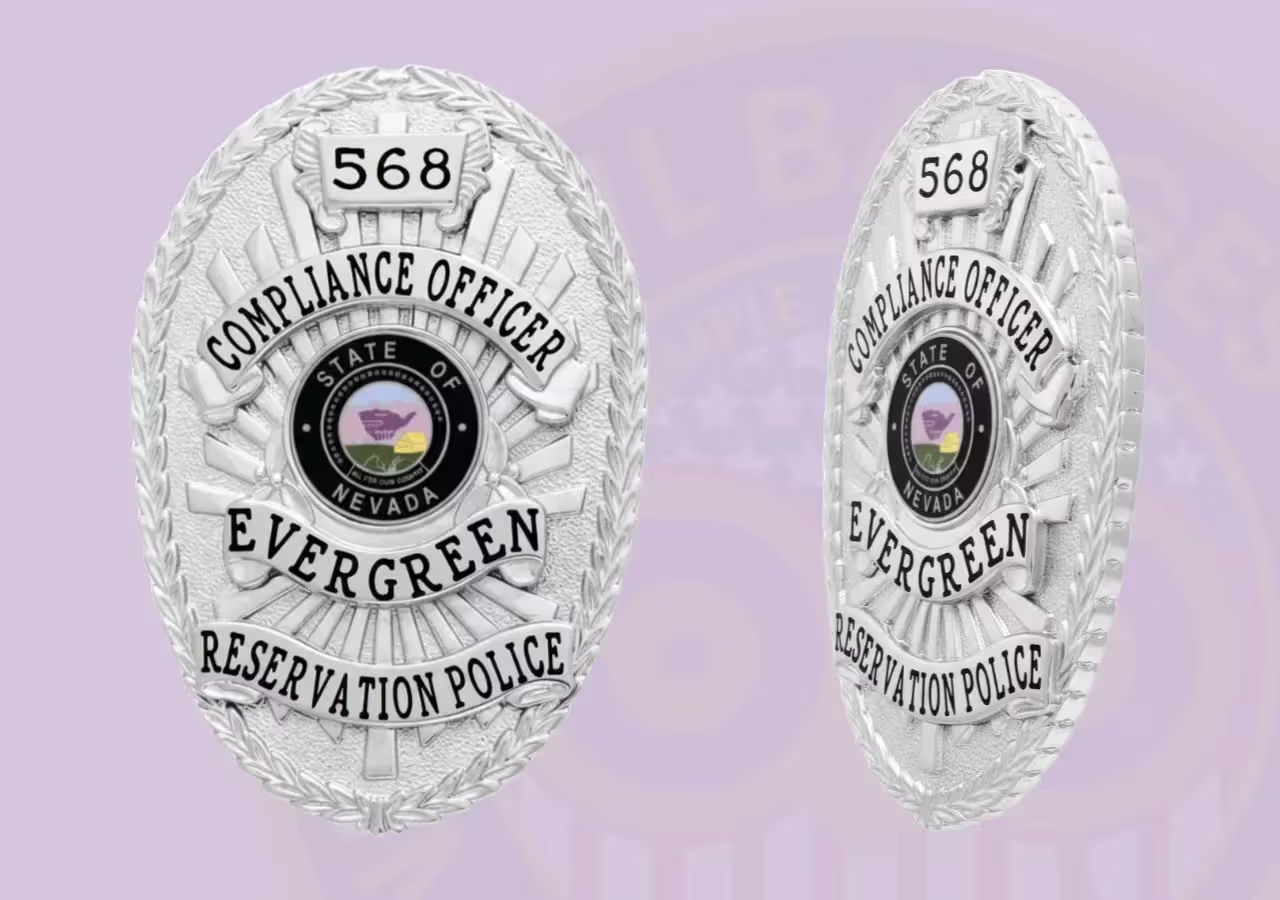Buy Police Badges | Custom Badges for Police Departments Online
Official Police Badge Manufacturing – Order Custom Police Badges with Department Seals
Buy official police badges online for your police departments. Design custom badges with your department seals, officer ranks, unit designations, and logos using our online tool. We can reproduce your existing badges exactly or create new designs from your specifications. Order with volume discounts of 30-70%, NET 30 terms for qualified buyers, and PO acceptance.

We believe police should have better options
| Compare | Offer Customization | Quality Products | Online Designer | 50% - 80% Bulk Discounts | Easy To Order | Seal Designer | Live Chat 24/7 |
|---|---|---|---|---|---|---|---|
| Owl Badges | |||||||
| Leading Industry Brands | |||||||
| Uniform Companies |



Customer Reviews - Police Badge Purchases
Frequently Asked Questions - Police Badge Buying Guide
-
Where can I buy police badges online for my department?
Order police badges directly from Owl Badges online or by submitting purchase order for departmental procurement. We serve departments nationwide with custom badges and reproduction services. Online design tool enables customization with seals and ranks, or provide existing badges for exact reproduction.
-
How much do police badges cost for bulk orders?
Individual police badges range $50-$150 depending on size, finish, and customization complexity before volume discounts. Volume discounts 30-70% available – larger orders receive deeper percentage discounts significantly reducing per-badge cost. Request detailed quote for your specific quantities with transparent pricing breakdown showing exact costs at your order volume for budget planning.
-
Can I design police badges online with our department seal?
Yes, design custom police badges using our online tool with your official department seal and specifications. Upload seal artwork, provide existing badge for duplication, or work with design team to create new graphics from scratch. Customize text including department name, ranks, officer names, badge numbers for identification. Preview badges before ordering with realistic digital rendering ensuring satisfaction. Full-color enamel reproduces complex seals accurately.
-
What's the minimum order quantity for police badges?
Minimum order just one badge – no minimum quantity required for departments of any size. Many departments order 10-500 badges depending on department size and requirements from small to large agencies. Volume pricing starts at 10+ badges with increasing discounts on larger quantities reaching 30-70% off. Order exactly what you need without forced minimum purchases. Small departments and single replacement orders accommodated easily.
-
How long does it take to receive my department badge order?
Standard production time 8-12 weeks from artwork approval to delivery at department location. Expedited production 6-8 weeks available when faster delivery needed for urgent requirements like academy graduations. Production begins after artwork approval and payment/PO processing with clear timeline provided. Timeline includes die creation (for new designs), badge manufacturing, enamel work, plating, quality control inspection, protective packaging, shipping to your location.
-
Can I purchase badges in bulk using purchase order?
Yes, purchase orders accepted with NET 30 payment terms for qualified government and institutional buyers. Credit approval process simple requiring basic department information and credit references from finance department. Established institutional accounts receive credit limits based on department size and order history. Submit PO online through secure portal, via email to account manager, or by mail.
-
What payment methods are accepted for badge orders?
Accept credit cards (Visa, Mastercard, American Express, Discover), wire transfer, ACH/electronic check, company paper checks, invoice with payment link for all customers. Purchase orders with NET 30 payment terms available for qualified institutional buyers following credit approval process. Government procurement supported with flexible payment options. Multiple methods accommodate various departmental purchasing and financial procedures.
-
Is there a warranty or guarantee on police badges?
2-year warranty against manufacturing defects on all police badges providing confidence in purchase. Finish defects including plating issues replaced at no charge within warranty period. Structural issues including attachment hardware repaired or replaced promptly ensuring satisfaction. Warranty covers normal law enforcement duty use and wear. Damage from accidents, abuse, or misuse excluded. Extended repair service available beyond warranty period.
-
Can I see a sample badge before ordering for my department?
Sample badges available for evaluation before placing large department orders for procurement approval processes. Request sample of specific badge type, size, finish you’re considering ordering for physical inspection. Sample fees typically applied toward final order value reducing total cost. Physical samples help verify quality, appearance, sizing, weight meeting specifications. Account manager coordinates sample requests and evaluation periods.
-
How do I place a bulk order for my department?
Contact account manager by phone or email to discuss badge requirements and quantities for your department. Receive detailed quote with pricing, volume discounts, timeline, specifications for approval. Use online design tool, provide existing badges for duplication, or work with design team on artwork. Submit purchase order or order online when ready to proceed with production. Account manager guides through entire process.
-
What's included in the price of each police badge?
Badge price includes high-quality metal construction, premium plating finish (imitation gold, silver, or nickel), full-color enamel work, text engraving, custom artwork/seal reproduction, attachment hardware (pin-back with safety clasp standard) for complete badge. Shipping calculated separately based on order size and destination. Custom dies for unique shapes additional one-time charge. Price quote details exactly what’s included.
-
Do you offer expedited or rush production for badges?
Expedited production 6-8 weeks available when faster delivery needed compared to standard 8-12 weeks timeline. Rush production sometimes possible in 4-6 weeks with additional surcharge depending on current production schedule and order complexity. Expedited fees based on order size and timeline requirements for fair pricing. Account manager discusses rush options if department has urgent deadline for academy graduation or promotional ceremony.





